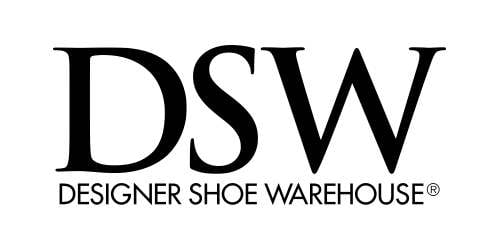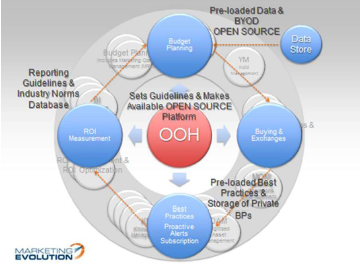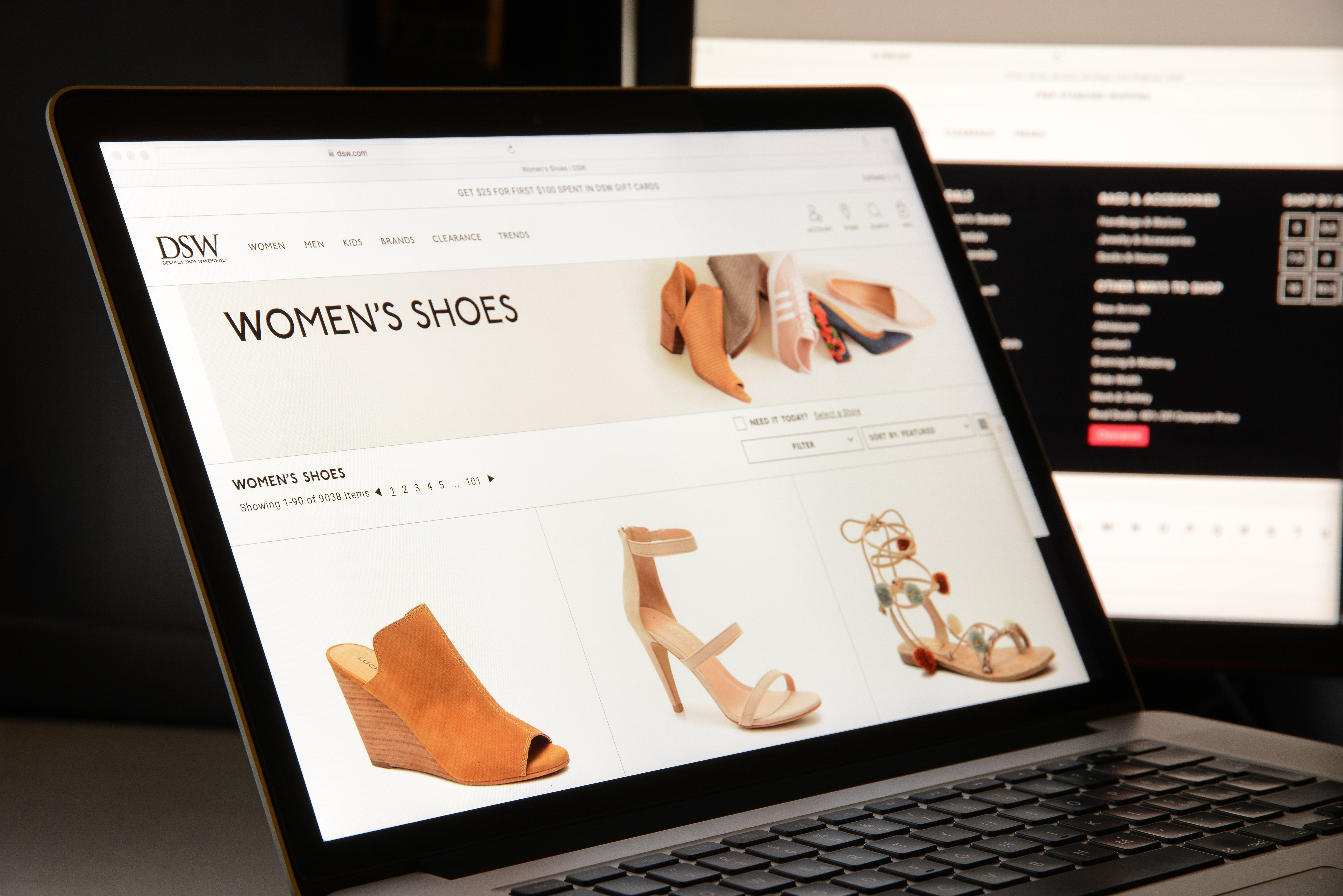Brand Health Guide For Successful Measuring & Tracking
Learn how Regions Bank Perfected their customer journey
A consumer’s perception of a brand carries a great deal of importance. Through branding, businesses can weave together all of their product offerings on top of a foundation built on customer preferences and trust. In recent years, branding has become far more vital to organizations – when competing in a global marketplace that’s often over saturated with similar product offerings, it’s crucial to stand out.
Today, 77 percent of marketing leaders claim that branding is critical to their organization’s growth. However, it can be difficult to assess how branding campaigns directly affect sales since consumer values aren’t easy to quantify and turn into tangible metrics. Companies that wish to fully gauge the value of their brand need to track their brand health by collecting and analyzing the right consumer information. Read on to understand why organizations shouldn’t overlook a branding strategy, then let’s look at how to track and measure your brand's health.
Why is Branding Important?
By consolidating a variety of products and services under a single brand name, organizations can increase the value of their entire product portfolio. Strong brand equity can also allow you to occupy a consumer’s mental real estate, which keeps your business top-of-mind when they need to make a purchase.
Not convinced of the power of branding yet? Take a look at this photo of a store interior - can you guess what store the photo was taken in?

Look at the text’s font, the dark wooden façade, the lighting, and the general color scheme of the store. Each of these facets has been a crucial part of Starbucks’ most recent branding strategy – and this branding strategy has been so successful that consumers can recognize a Starbucks without even reading its name or seeing its logo.
It’s unlikely Starbucks could ever be confused for a different coffee shop – and that distinct, recognizable brand image is a significant piece of the reason that they can sell their products at a premium price point. While many brands don’t have the same recognition, it’s possible to slowly grow a brand’s health to attain the same renown as Starbucks. By measuring brand strength, it will be easier to determine which aspects of your company need your attention in order to achieve growth and success.
What is Brand Health?
Brand health is a general measurement of how effective your brand is at meeting organizational goals. A brand health study seeks to uncover this information by tracking what consumers feel about your brand, especially if those consumers are within your brand’s sphere of influence.
A brand health study can include a few different sets of criteria, depending on organizational goals for the brand. With that being said, there are a few key areas that many organizations choose to evaluate when conducting a brand health study:
- Brand Loyalty – By getting feedback from existing customers regarding how likely they are to interact with or buy from your brand again, you can assess the loyalty of your brand’s customers. This is one reason why many businesses use receipts that ask customers to take a survey about their experience and likelihood to return in exchange for a small reward.
- Brand Awareness – Brand awareness measures if customers can recognize your brand, even with only tangential information. For instance, think of the Starbucks example from earlier in this post. Or, if a consumer is asked to quickly identify three coffee shops, how likely is it that Starbucks appears on that list?
- Brand Recall – This measures how well consumers remember your branded messages. One way that marketers study brand recall is by having a consumer watch several ads, and then asking them to describe the advertisements that they remember. This helps distinguish the most effective pieces of your brand strategy when compared to similar brands.
- Brand Associations – When trying to win over real estate in the consumer’s mind, it’s important to determine who your “brand neighbors” are. Imagine that a certain market associates Shakeshack with McDonald’s – even though they offer similar products and McDonald’s is exceptionally successful, this is not an association that would be beneficial for Shakeshack’s fast casual image.
- Brand Positioning - In order to get your brand to stand out from competitors, it is important to create a product and message that are unique. This means that it is important to monitor the competitor and position your company in a way that can set itself apart from other brands. For example, among the many fast food chains that serve burgers and fries, Chick-Fil-A is the only brand to serve waffle fries. This has become a hallmark trait of the brand and is what sets the company apart from its competitors. By not only monitoring your brand, but your competitor’s brands as well, you can better identify the strengths & weaknesses of your company and work towards occupying more of the market for your brand.
While this list is not exhaustive, organizations should certainly consider these four dimensions during any brand health study. Brands that want to go above and beyond may want to understand how likely customers are to recommend the brand to a friend, or they’d like to evaluate their brand’s share of voice. The most important part of a brand health study is that it accurately evaluates the most pertinent aspects of your brand.
Assessing Brand Health Risks
Acknowledging the risks that come with improving brand health is a crucial part of the brand journey. One way to assess these risks is to look at it from the perspectives of the customer and employee. You must be aware of their brand’s reputation. By using social media and managing your online presence, you can monitor feedback from customers more directly to make sure that they are satisfied with your product. Alternatively, it is important to properly hire, train, and nurture your employees. This will help ensure that your employees will share the same vision for the company as you. Creating a plan to acknowledge and combat these brand health risks will increase the value of your firm and help you to retain more customers.
Important Features in a Brand Tracking Tool
Brand tracking tools can measure and predict your brand’s health by leveraging leading indicators, and determine how your brand influences your organization’s bottom line. Primarily, these tools store and analyze data from consumer surveys and other kinds of brand health assessments to understand consumer perceptions at a certain point in time. This allows marketers to see which factors directly impact the brand’s health.
When searching for a brand tracking tool, it’s important that they provide the following four features:
- Branded Keyword Monitoring – A brand’s value isn’t centered around its name. Brands can be associated with a logo, tagline, a font, a colloquialism, or something similar, too. Brands need to track all keywords associated with their brand – so, McDonald’s won’t only want to track their own name, but also “McD’s,” “I’m Lovin’ It,” and more.
- Insights into Industry/Competitor Trends – While you shouldn’t directly copy competitors, it’s useful to evaluate what branding strategies work for them. For example, Burger King attracted a lot of new and returning customers when they introduced the “Beyond Whopper.” Instead of offering a “Beyond Big Mac,” McDonald’s should try to position their brand to seize a similar trend in a different way.
- Brand Reputation Tracking – It’s important to make sure unsatisfied customers have their voice heard, no matter which platform they air their grievances on. Even if your brand doesn’t directly respond, their criticism can provide crucial direction for your brand strategy. By monitoring social media & other customer based platforms, you can learn how to provide a better customer experience and retain a loyal customer base.
- Sentiment Analysis – Using a list of branded keywords, you can see what people on the internet are saying about your brand. Generally, these tools can break down feedback as positive, negative, or mixed based on the commenter’s tone, and then break down general sentiments by channel.
Final Thoughts
Branding is vital to organizations that want to build the value of their entire product portfolio. However, it’s necessary to track how the brand’s equity grows over a long period of time. Brand tracking helps organizations stay informed regarding what’s being said about their brand, while identifying which consumers are within your brand’s sphere of influence. By messaging target audiences in the right way, it’s possible to add value to products without needing to reduce prices or add more features. By regularly tracking results from brand health studies, your organization will get clear insights on exactly what your target market needs to hear.




















